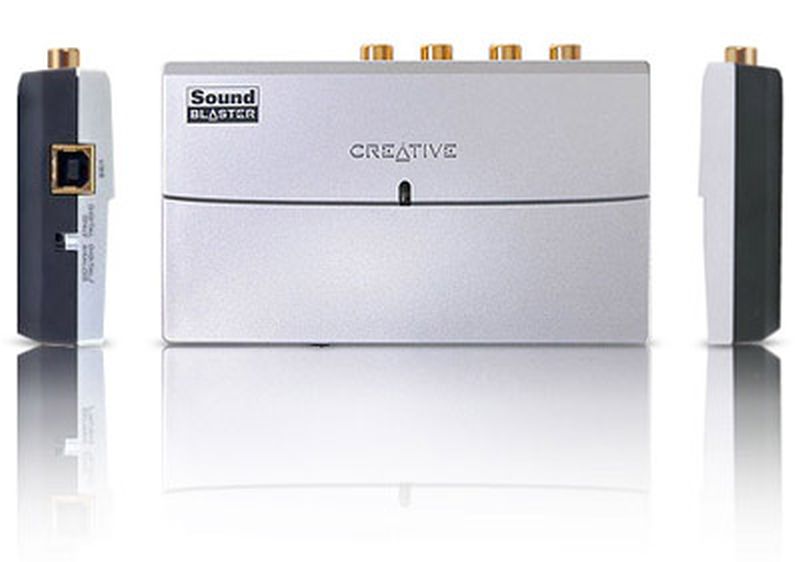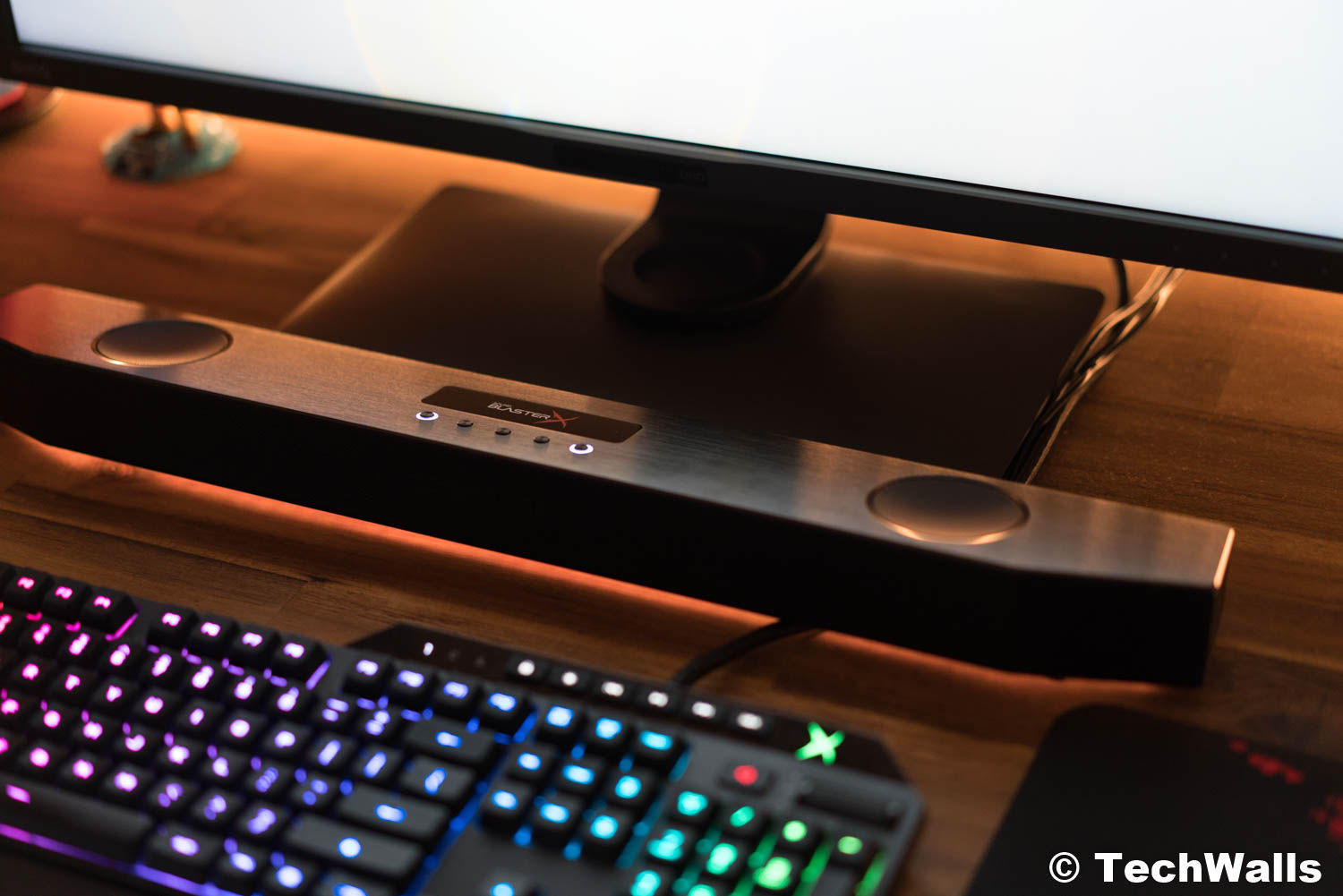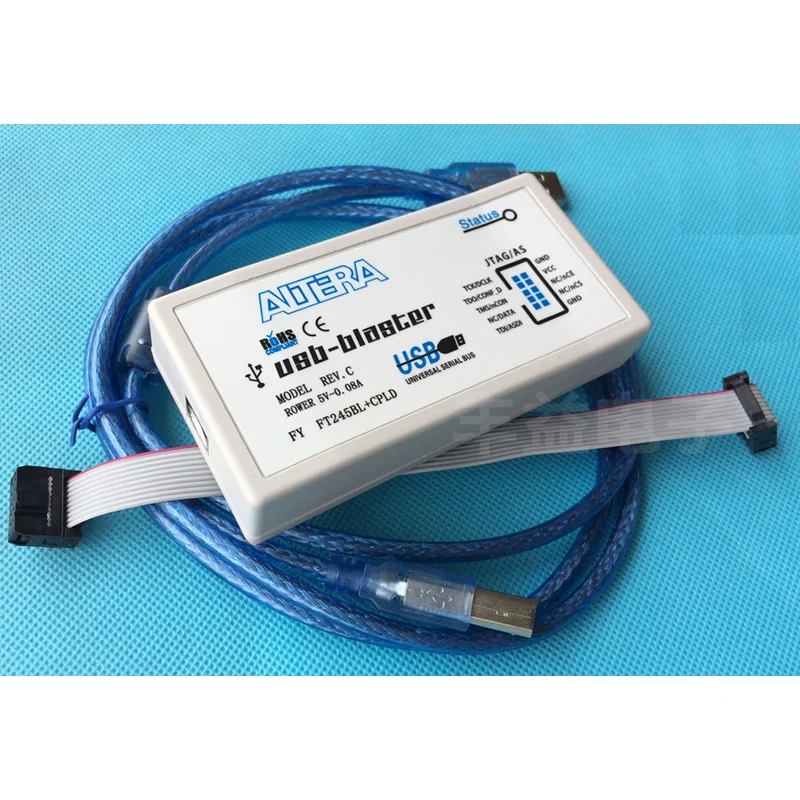

- Windows 10 usb blaster driver how to#
- Windows 10 usb blaster driver install#
- Windows 10 usb blaster driver update#
- Windows 10 usb blaster driver driver#
Return to Quartus Prime Lite and launch the programmer tool. Select "Browse for Driver." Navigate to C:\intelFPGA_pro\21.2\qprogrammer\quartus\drivers\usb-blaster-ii and let 'er rip. There are two devices, the console interface and the JTAG interface, Both labeled Blaster-II.

Go to the Windows device manager (right-click on start button), look for "other hardware". /rebates/&252fusb-blaster-for-windows-10.
Windows 10 usb blaster driver driver#
In the next window, locate the driver and click Next. On the new window that opens choose Browse my computer for driver software.
Windows 10 usb blaster driver update#
After that is installed (But wait, there's more!), close the Pro programmer app. Plug in the device, fire up Device Manager, locate the USB-blaster device and click on Update Driver Software. The wizard automatically chooses the required file. Browse to the \x32 directory (Windows 2000/XP standard 32-bit) or \圆4 directory (Windows XP 64-bit). After installing the programmer, launch the Driver Installer on the last page of the wizard. For USB-Blaster cables the driver is in the usb-blaster directory and for USB-Blaster II cables the driver is in the usb-blaster-ii directory.
Windows 10 usb blaster driver install#
This is a free utility that will install a proper signed driver. The workaround is this: (I'm on Win 10 Pro)ĭownload the Quartus Prime Pro standalone programmer and tools, V21.2. It probably is tough noogies on Quartus Prime Lite. Quartus Prime is the software that keeps on giving.Well, here is what I've managed to figure out. To make this even more annoying, I sometimes have to enlarge the Quartus Programming window otherwise, the program would hang. sudo apt install libcanberra-gtk-module libcanberra-gtk3-module For example, I had to install the following libraries. If you get any error messages about missing libraries when starting Quartus, make sure to install them. You can now write the following command in the terminal window jtagconfigĪnd if you don’t get any errors and the system recognizes the USB-Blaster hardware, you should now be able to download bitstreams from Quartus to your FPGA board. Restart the machine, connect your Terasic FPGA board with a USB cable, and open a terminal window. Open a terminal window and write this command: sudo ln -s /lib64/libudev.so.1 /lib64/libudev.so.0 You need to add a soft link so the software can find a library. It seems this is an old bug that Intel hasn’t managed to fix for several release versions. Well, that didn’t work, but it is probably a good idea to have this file installed.

So I added the file /etc/udev/rules.d/les and put the following text into the file to allow a regular user to access the Terasic FPGA board. After searching the net, I found information on setting up the computer so that you don’t need to run the JTAG as root. USB-Blaster “unable to scan device chain” Error MessageĪfter installing the software, I tried to use the programmer to connect my development board, but I got the error Unable to scan device chain.

I’ve written them down here for later reference, and maybe you have the same install problems, so this might help. Now the display works, but there’s a lot of other problems, like getting the dreaded error message: “USB-Blaster unable to scan device chain”. So I installed it on my Linux Ubuntu 18.04 machine instead. The Windows version doesn’t work with high-resolution screens when using scaling the text is cut off on the display. So I got myself two Terasic boards, one Terasic DE10-Nano for testing out the excellent MiSTer FPGA hardware arcade/computer/console emulator and a simpler DE0-Nano for beginning to learn Verilog.īut the software used, called Intel Quartus Prime 19.1, is truly horrible.
Windows 10 usb blaster driver how to#
I’ve decided to learn how to program FPGA:s.


 0 kommentar(er)
0 kommentar(er)
